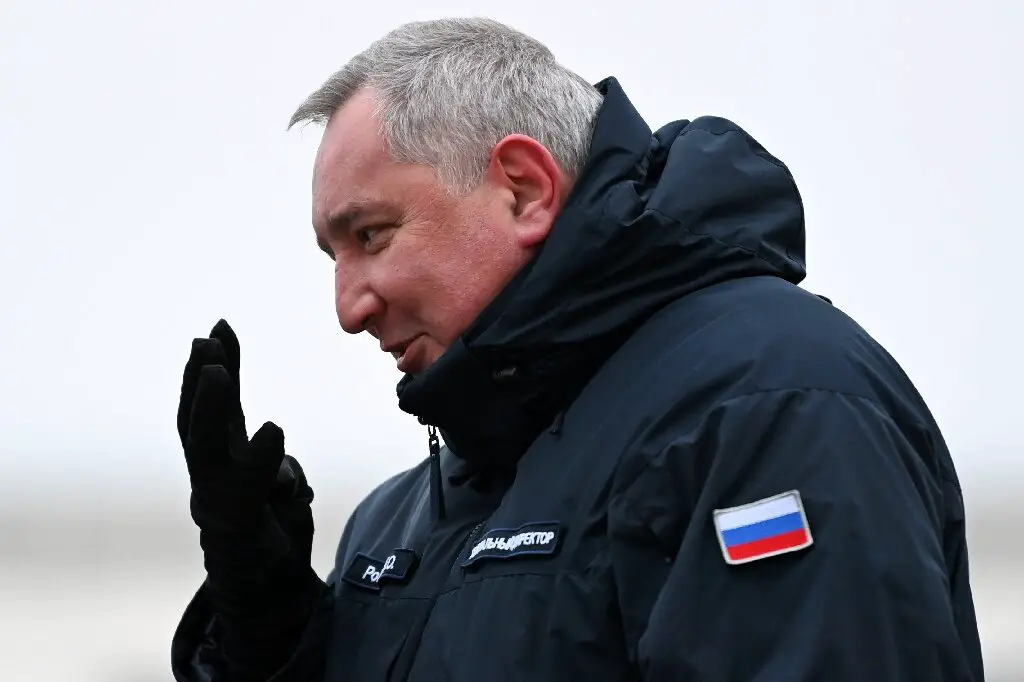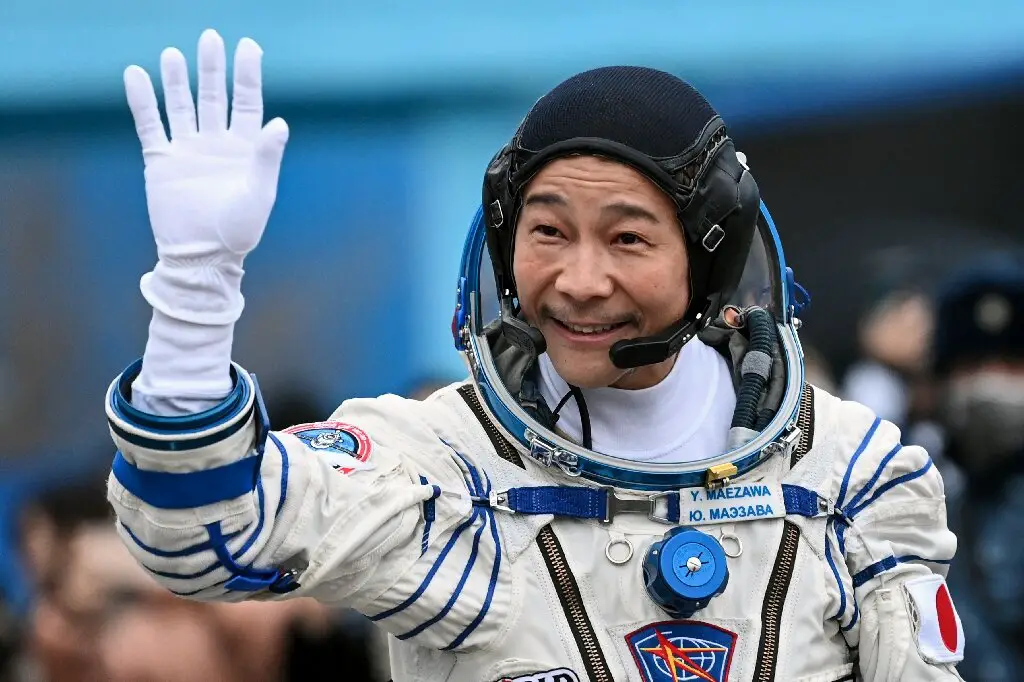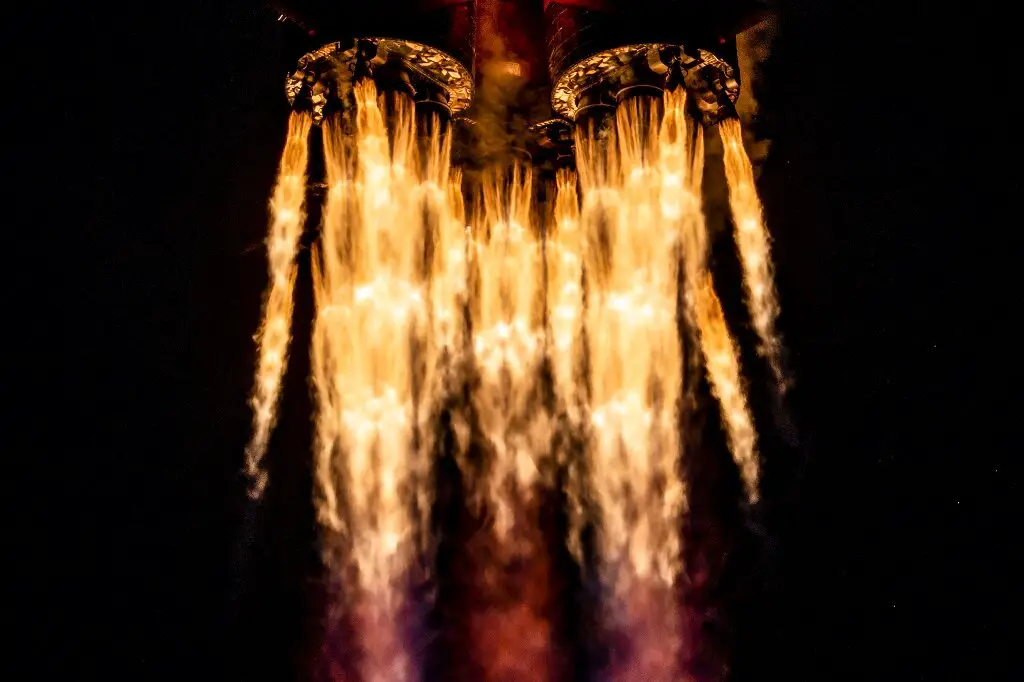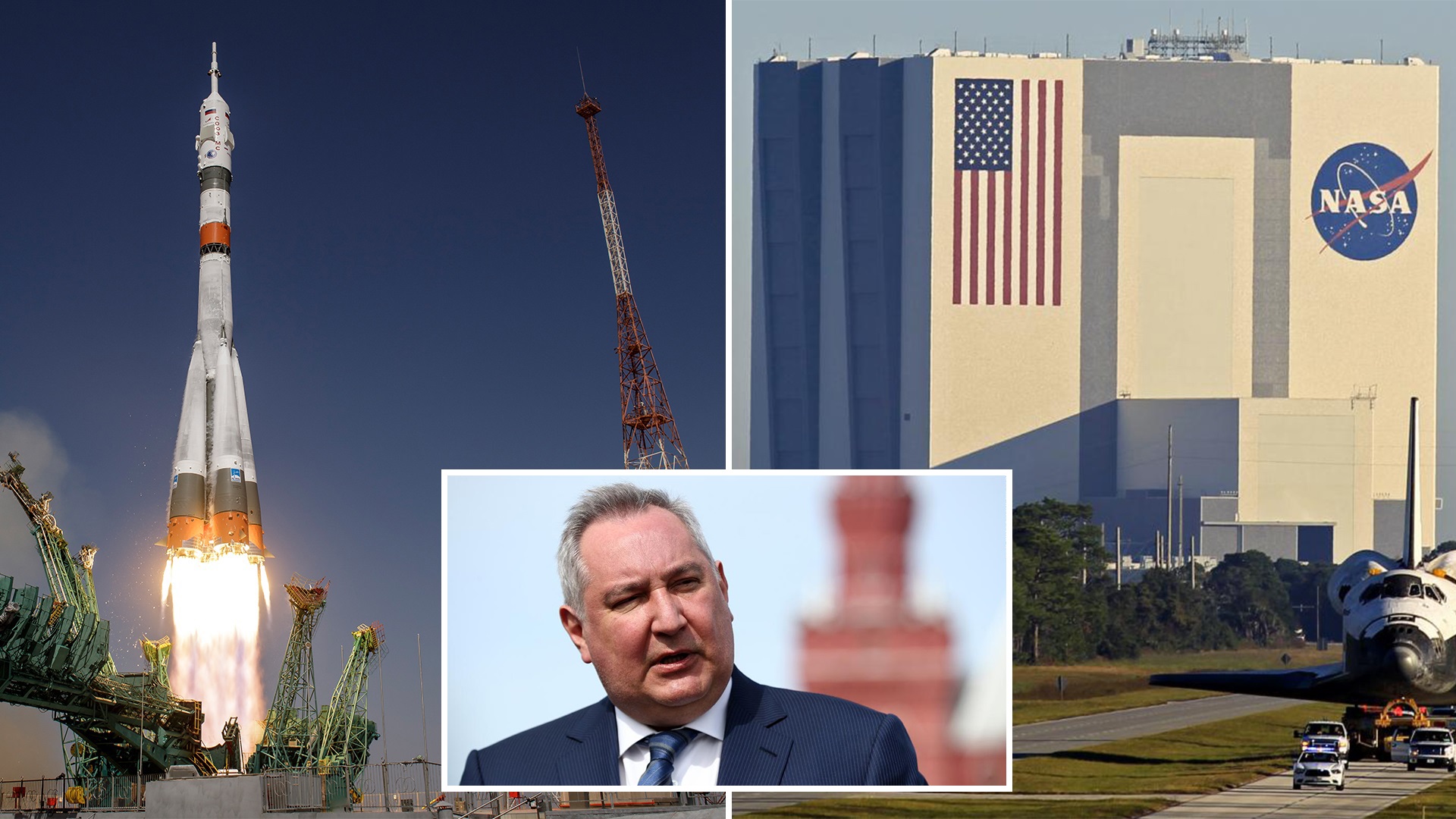After a ten-year pause, Russia is resuming its ambitious drive for dominance over the world’s burgeoning space tourism business, competing against fanatical billionaires, the US, and rising China.
Russia celebrated its return this month by sending two cosmic explorers to the International Space Station (ISS)—Japanese millionaire Yusaku Maezawa and his assistant—in the country’s first tourist launch in 12 years.
Dmitry Rogozin, Russia’s fiery space director, spoke about the country’s next steps to domination, including a dedicated module on the ISS for Russian guests, spacewalks outside the station, and—down the road—trips around the moon.
“We are not going to hand up this market to the Americans. We are willing to battle for it “At a news conference while Maezawa was shooting towards the ISS on a 12-day mission, he informed reporters.
However, since it was last in the game a decade ago, Russia’s route to industrial supremacy has been littered with new roadblocks.
Roscosmos, the Russian space agency, had a monopoly on transporting the cash-strapped inquisitive to space back then.
That changed in 2011 when NASA decommissioned its own manned shuttle and grabbed up every seat on the ISS Roscosmos had available for the next decade.
Then, last year, Elon Musk’s SpaceX made a splash with its first successful ISS trip, and NASA abandoned Roscosmos.
This was a tremendous financial blow to the cash-strapped Russian space agency, which was slammed with budget cutbacks and corruption scandals at the same time.

According to analysts, Roscosmos has no option but to rely on tourists to make up the difference.
“For these launches, the Russian space sector is depending on steady orders,” industry expert Vitaly Yegorov told AFP.
According to him, the cost of manufacturing the three-person Soyuz spacecraft to shuttle the crew is covered by the purchase of one ticket, which is expected to be $50-60 million, while a second passenger makes a profit.
Officials claim, however, that space tourism is about more than simply money.
“It is a matter of national pride. It piques the curiosity of young people in human spaceflight. After all, it is the future “Dmitry Loskutov, the head of Glavkosmos, a Roscosmos subsidiary in charge of commercial ventures, including tourism, agrees.
Competition ‘heating up’
The only nations capable of human missions are Russia, China, and the United States, but a plethora of newcomers, like SpaceX, are pressing Russia to pick up its game.
Musk has yet to transport tourists to the ISS, but his Inspiration4 spacecraft just completed a three-day voyage into Earth’s orbit with an all-civilian crew.
Amazon founder Jeff Bezos’ Blue Origin and billionaire Richard Branson’s Virgin Galactic are also looking for a piece of the pie.

This year, both of their spacecraft completed their first missions, spending several minutes in zero gravity before returning to Earth.
However, Andrei Ionin of the Russian Academy of Cosmonautics claims that the millionaires’ quick low-orbit flights cannot be compared to a days-long voyage to the ISS.
He compared the Ferrari and Renault markets, saying, “It is like comparing the Ferrari and Renault markets.”
Loskutov agreed, noting that the flights were more of a “entertainment business” than space exploration.
“Competition is heating up,” Yegorov added, citing SpaceX as an example.
Russia is aware of the situation. Loskutov said the company intends to extend its services, which may include a spacewalk on a future tourist trip.
With the ISS due to retire in the next decade, Moscow has also revealed plans for its own orbiting station, with Rogozin speculating on a “different tourist module” on board.
He suggested that new paths be explored, such as those used by Soviet cosmonaut Yuri Gagarin, the first person in space.

‘No threat’ to Russia
Rogozin also said that Roscosmos aimed to provide a tour around the moon after 2030.
However, that timescale falls well short of SpaceX’s goals, which include a mission to send eight people around the moon as early as 2023.
Another challenge in the business for Roscosmos is analyzing and satisfying demand.
For starters, Soyuz spacecraft are costly, and planning a mission takes at least two years.
According to Loskutov, Russia has placed a pre-order for a rocket for the next mission, and Rogozin has directed his agency to increase Soyuz manufacturing.
It is also difficult to gauge real demand, not simple interest.
Candidates must be ready to pay a large sum of money, satisfy certain health standards, and commit to months of training and recovery after returning to Earth.
“There are not many people, in my opinion—but you do not need many,” Ionin added.
Russia is ahead, for the time being, he claimed, because to the Soviet-designed and time-tested Soyuz.
“There is no danger to Roscosmos’ business in the next five to ten years,” Ionin stressed.

